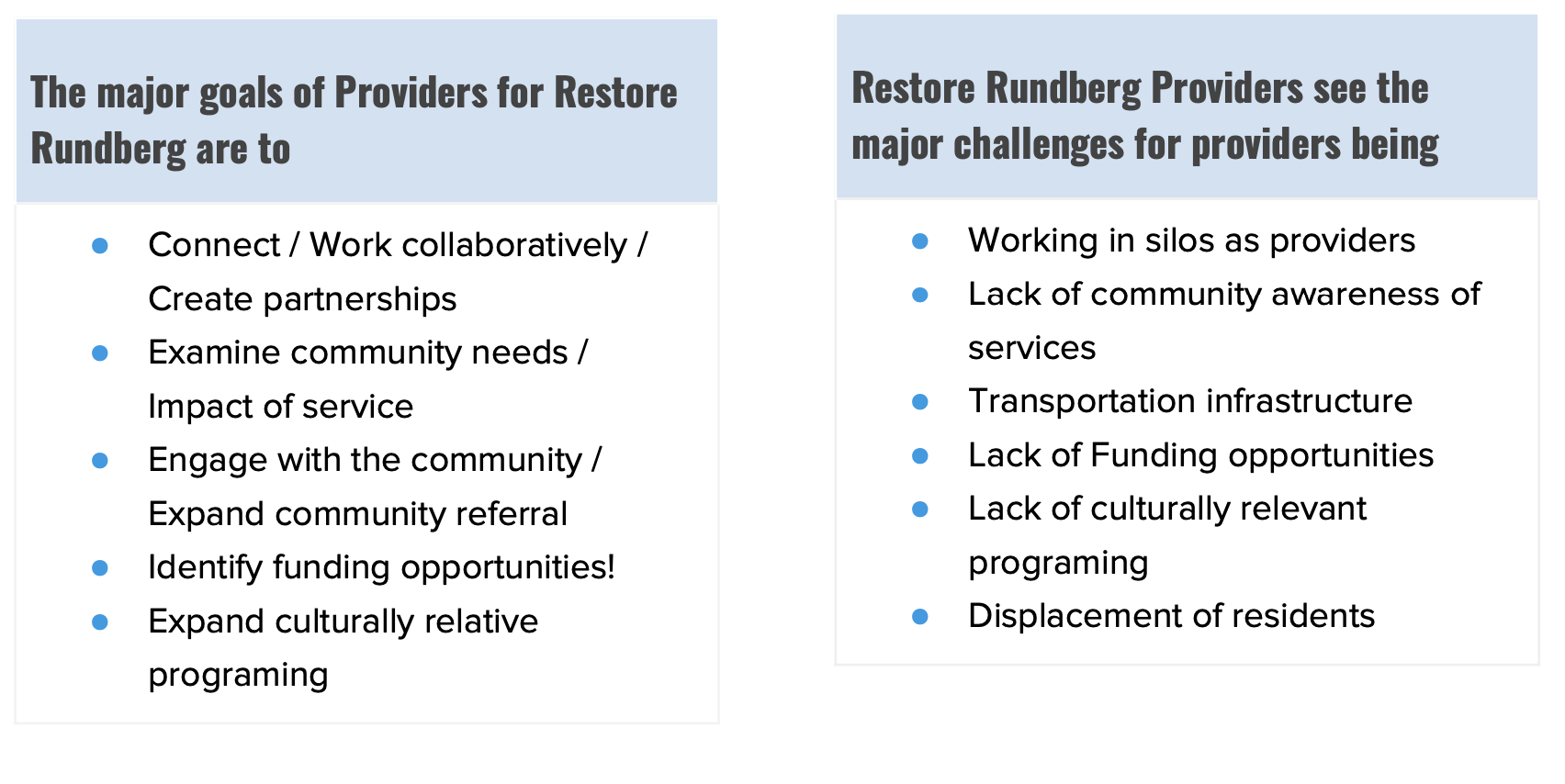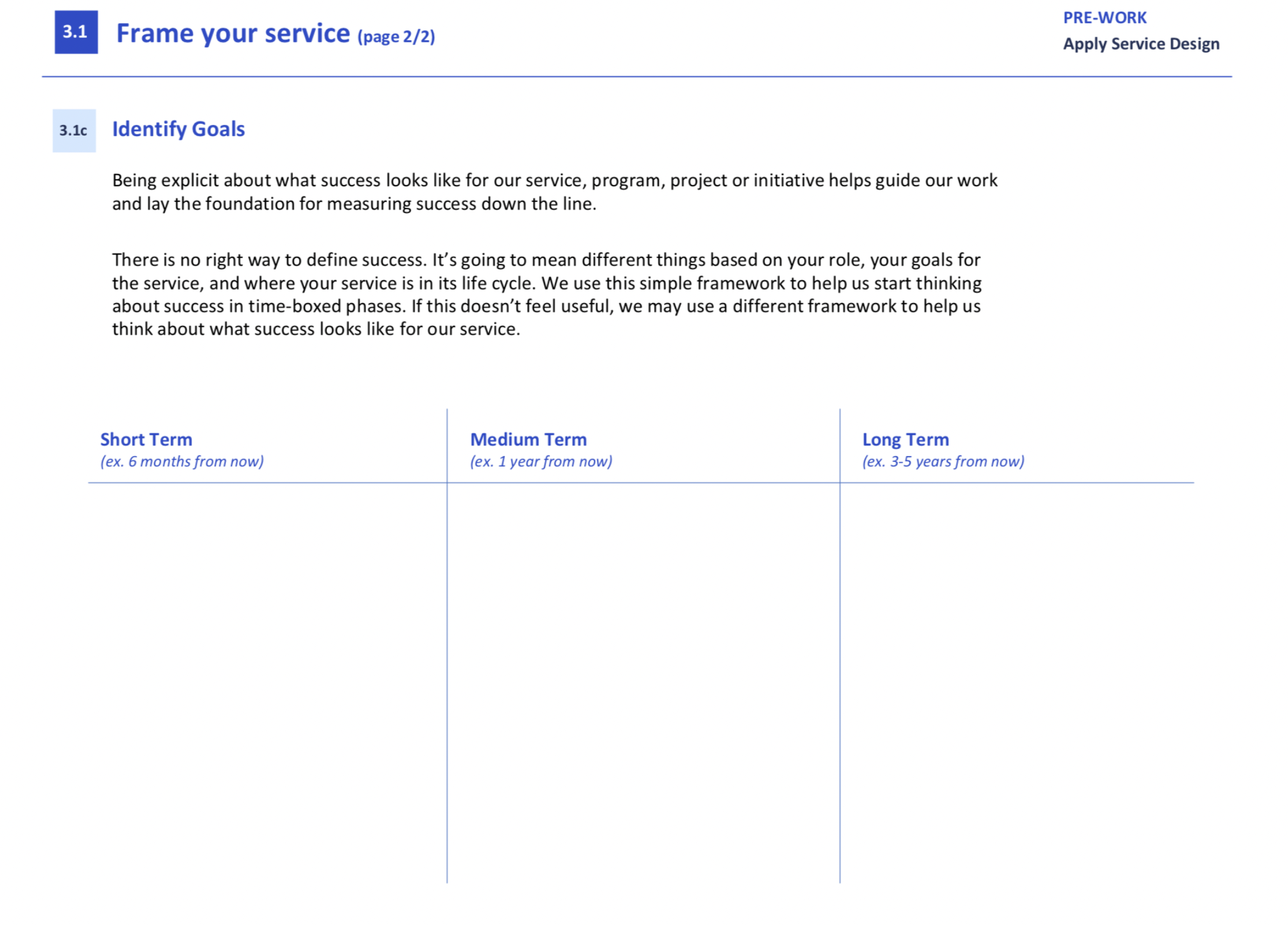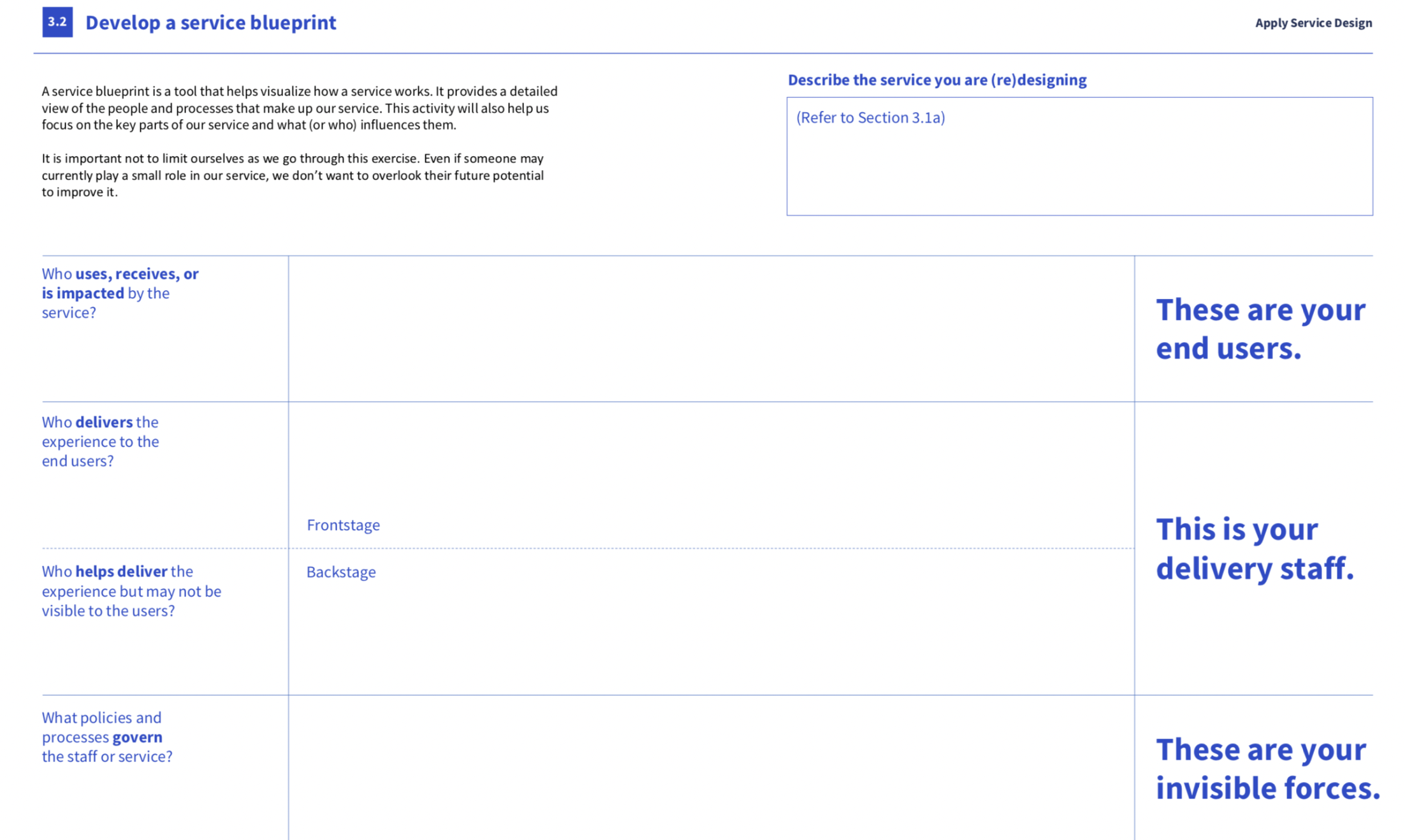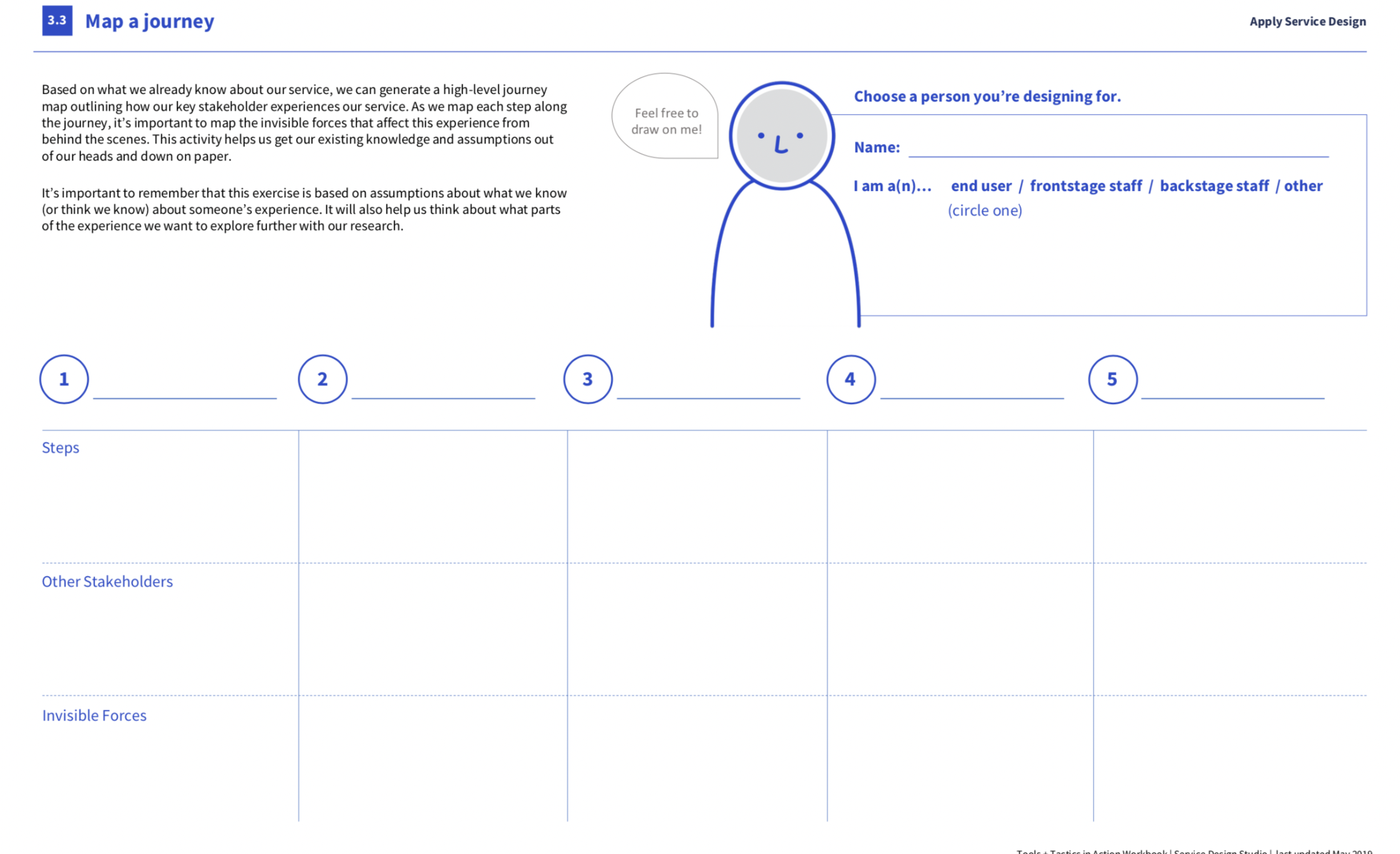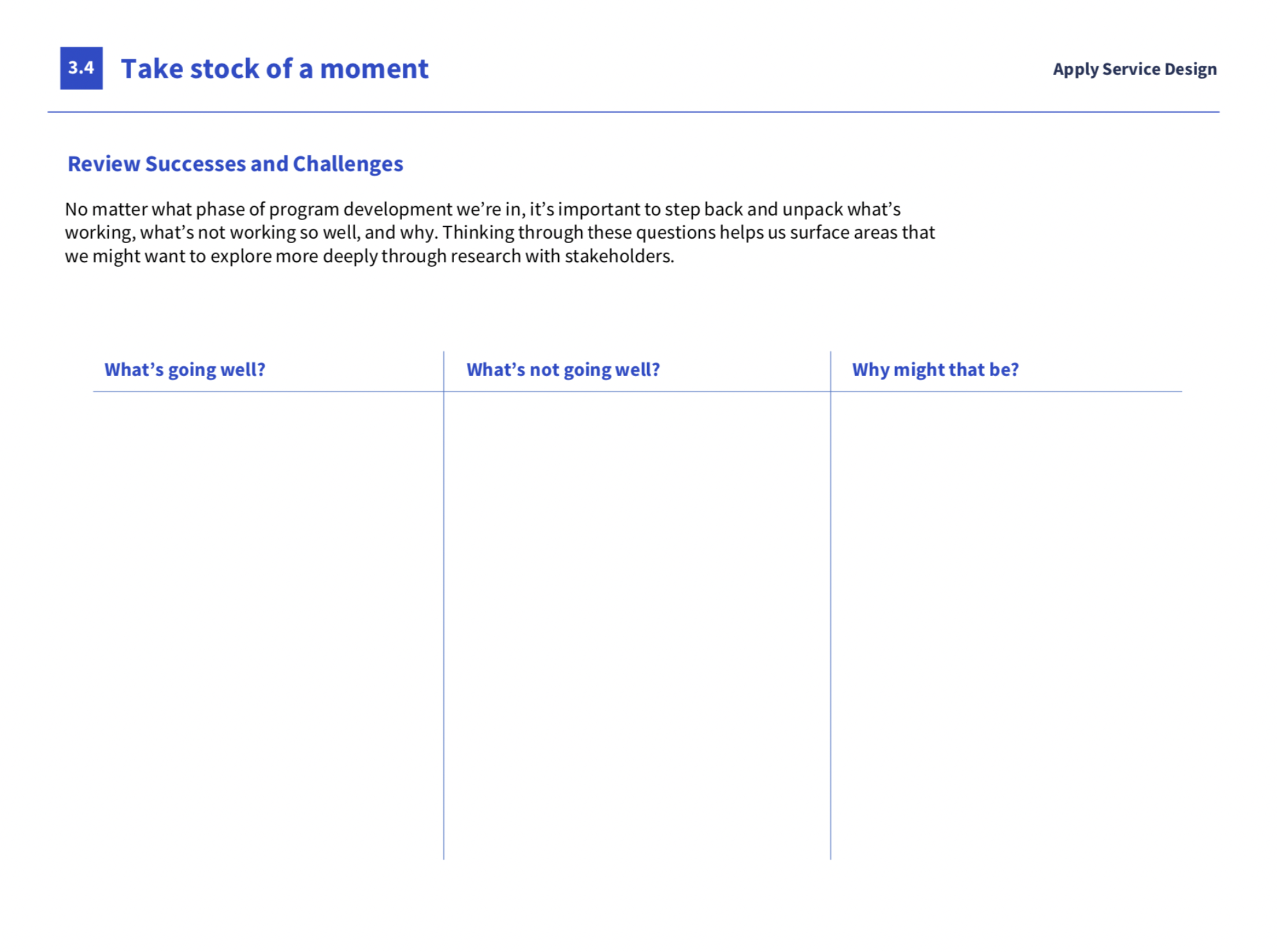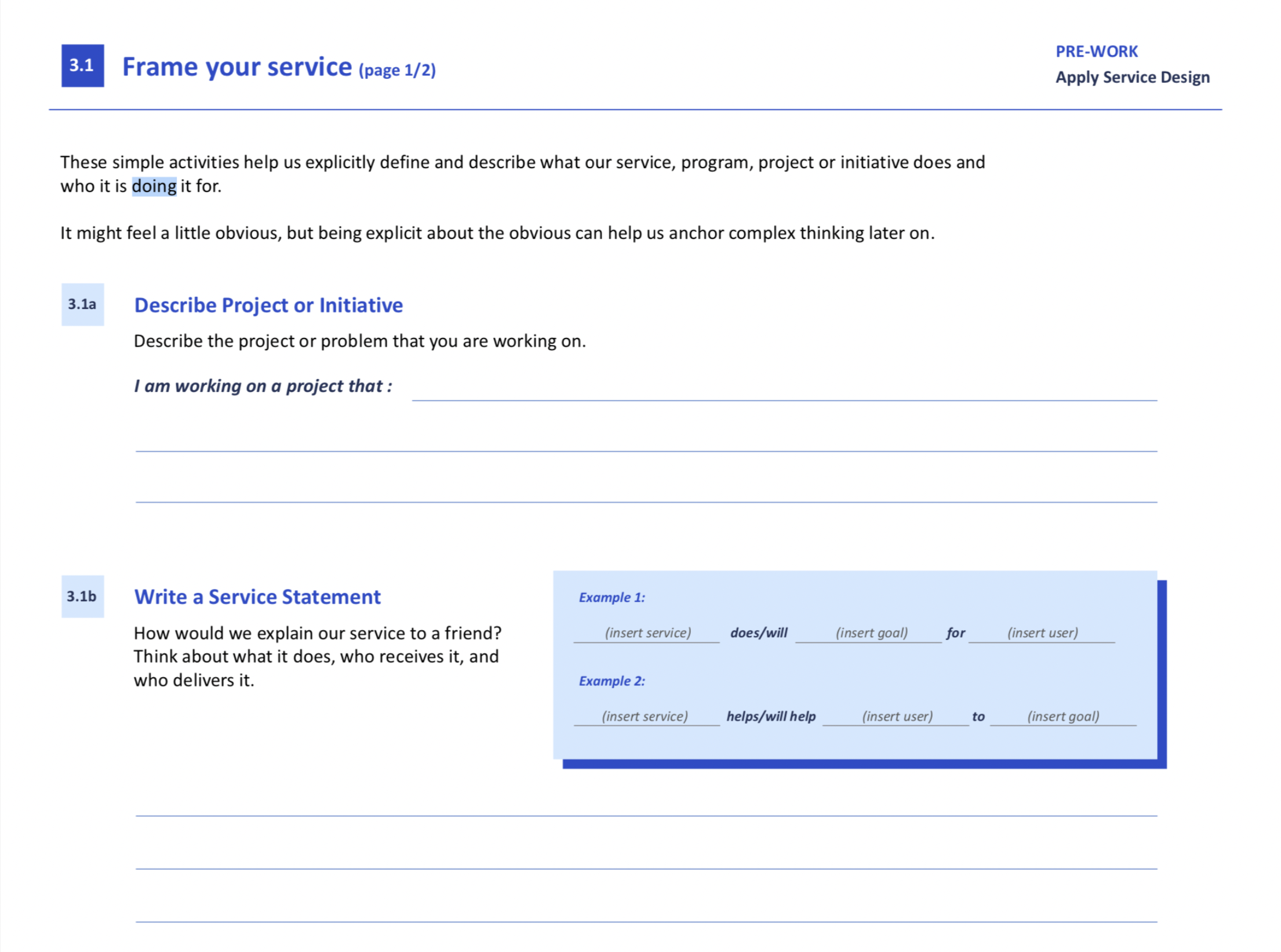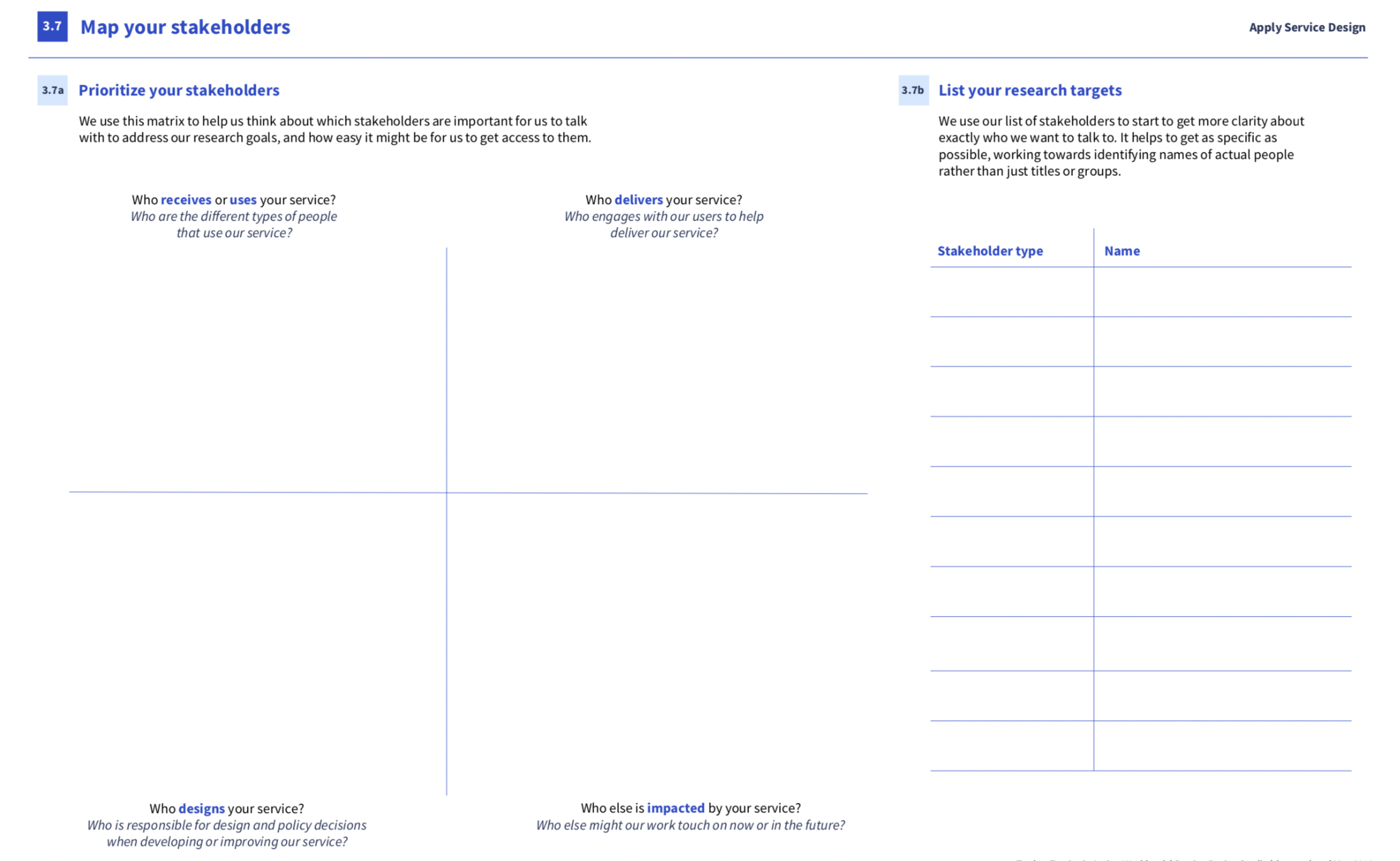Our office, in collaboration with Austin Public Health, worked to understand the current pain points and obstacles community service providers face in order to better support the Restore Rundberg initiative. This initiative is a partnership between neighborhoods, the community, government, higher education, public safety, researchers, and stakeholder groups. Together they are working to develop innovative crime solutions and complementary social services in the (Rundberg) area, rather than short-term fixes, because these solutions must be sustainable over time.
Partners: Service Design Lab / Austin Public Health / 23 Rundberg Community Providers
Duration: 6 Weeks
My Role: (Designer) Stakeholder planning, Workshop Creation & Facilitation, Synthesis & Ideation of data
Designs: Workshop templates
Tools: Sketch / Google Docs-Sheets
Website: Program: Restore Rundberg
Project History
In 2012, the U.S. Department of Justice Offices selected Austin as one of 15 cities nationwide to receive federal funding in an effort to address issues of neighborhood crime and distress. The Bryne funding, part of the Obama Administration’s Neighborhood Revitalization Initiative, was awarded to the Austin Police Department (APD) to support community-based planning efforts to reduce crime in the Rundberg area of North Austin. The overall goals of the effort was to use data-driven research in developing creative solutions to crime reduction and comprehensive strategies for community capacity building. The grant noted a disproportionate amount of criminal activity coupled with poverty, disinvestment, and unemployment within the Rundberg neighborhood discouraged redevelopment and economic growth.
More about Restore Rundberg Here
According to the Restore Rundberg implementation and process report, the project has helped in many ways. Since its beginning, the six square mile Restore Rundberg project included police walking patrols and building relationships with people in the area. There was a project to install HALO crime cameras, Code Compliance examined trash violations, and the City even purchased land for a park. The revitalization group continued to meet monthly and asked City Council to create a full-time community engagement coordinator which was granted and placed with Austin Public Health.
Stakeholder Planning
We began with a stakeholder meeting with the brand new Restore Rundberg coordinator, to frame the project and refine its scope. A well constructed project process is rooted in a design brief that clarifies the scope of the project, its intent, the questions it hopes to explore, and the target group of stakeholders, internal and external that it wants to explore them with. We white-boarded while discussing logistics, resources, and challenges. We Worked in some stakeholder mapping to identify who all the players are, noting influence and interest making sure we had the right folks at the table. (example below)
Why? - Problem
Who? - Provides & Recieves service(s)
What?- Goals
With What? Resources
Who else? Competition / Alternatives
How Much? Budget, Restrictions
When? Schedule / Scenarios
How? Steps to completion
Identified Project Goals & Method(s)
Phase 1 Methods
Data Collection from Rundberg Community Service providers (Survey / Provider workshop/data collection)
Phase 2 Methods
Prioritize solutions and understand feasibility / impact / value of Phase I recommendations.
Providers interview resident utilizers of the providers services to get qualitative understanding of current experience with service delivery.
Understand in detail the work of different community stakeholders.
Strengthen the Restore Rundberg provider network, create actionable steps to strengthen communication and service provision-better understand provider goal/success.
Obtain service provider “by-in” to Rundberg group acting as service oracle.
Obtain resident feedback to quality of service provision to measure impact, understand connections, success, and gaps in service provision.
Foundational Survey
I began with 13 question foundational survey with the service providers as information gathering prior to workshop. Utilizing a list provided by APH as well as found on google, I emailed simple 13 question survey with the goal of capturing data with foundational questions about providers’ goals, success measurements, and challenges. We received 23 responses from the 48 sent. They where key word coded and takeaways are presented at right.
Workshop Activities
In partnership with the Office of Design and Delivery, Restore Rundberg held the first Community Provider and City Department Workshop to begin a deeper look into the Rundberg provider network. Our goal was to begin identifying Rundbergs Community providers and relevant City Departments.
During the workshop, 22 different service providers from the Rundberg community discussed their “hopes and fears” of working collaboratively with Restore Rundberg. This helped us understand goals, success measurements, and common struggles and challenges. Addressing these as a group assists with trust building and “buy- in” to utilize the program because needs are being met collectively to assist meeting individual long term goals.
I utilized a guided worksheet templates (examples below) to document what the providers consider important. During the day the providers worked through these worksheets in breakout group discussions- capturing how they currently navigate the system. Activities included Identifying goals, identifying their stakeholders, mapping their service journey, and current wins and fails. The collected data helped us dig deeper into the Providers behaviors and reasoning behind their choices during review of input.
Synthesizing Research / Identifying Patterns and Opportunities
After I collected workshop data, it’s time to analyze. I created themes from provider insights that hone in on the gaps in service, resource pain points, and opportunities for providers. This included examining how multiple providers define success, mapping their work process and understanding, how they communicate and utilize resources. These insights and findings where then used to frame my ideation around solutions to address these gaps, pain points, and connect opportunities. Example of keyword research synthesis below.
Final Recommendations for Phase I
Address Provider Goals
Restore Rundberg can provide quicker service linkage by meeting with new providers, interviewing them to understand their goals, and who they deliver services to. Defining services as a collective that can support one another in meeting goals.
Host provider open houses, and create an invite and welcome to Rundberg all new providers. Utilize Restore Rundberg Community Spaces, (YMCA, Library, and RR office). Identify a point person from each Restore Rundberg Provider and decide on a method of communication as a group (shared documents, answer questions, address concerns). Utilize the workshop materials to define needs and resources of providers and Restore Rundberg Collective. Over time creating a community forum for transparent communication, building trust amongst providers, and reducing rumors and misconceptions with the public.
Quick Wins
Create a Rundberg and Restore Rundberg Community advisory team.
Create one Restore Rundberg Community Provider Feedback Survey.
Create a shared marketing resource of service provisions. Combine some provider resource dollars towards marketing to achieve greater impact of service.
Measure Success
Conduct resident interviews.
Create a quarterly resident survey.
Host/attend community events to establish Restore Rundberg role.
Hold a workshop with service providers to define success as a group and share impact with group.
Hold a workshop with Restore Rundberg Community Council to understand how providers are meeting the community's needs.
Share Success
Create Rundberg Provider/Resident Impact Newsletter.
Update / Email to new provider list if provider-focused.
Create social media channel for community share out.
Create one Restore Rundberg Service Center/Navigation Center.
Actionable Next steps for Phase II
These findings offered many ways the team could create an environment for positive changes to the social determinants of health through Restore Rundberg. The reality is that not everything can be done at once. Making an informed decision on what to prioritize can be overwhelming, so before the team moves forward with the ideas, I recommended a prioritization exercise to identify where your team can have the most impact considering its given resources.



